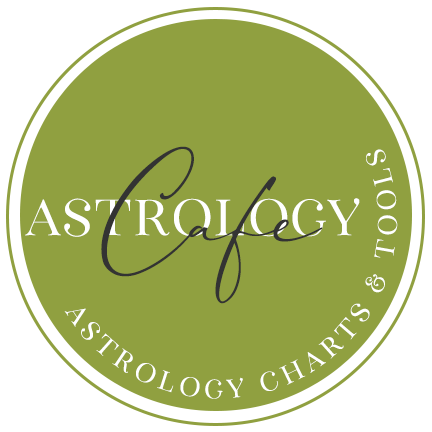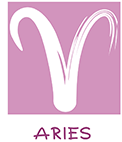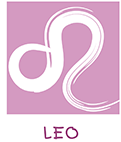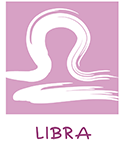Sun parallel Mercury

![]()
![]()
When the Sun is parallel Mercury in the Natal Chart
This aspect in declination gives you a very active mind and quick wit. You relate well with others, and especially with younger people, although you can be quite nervous at times, especially when the Sun is also conjunct Mercury. If the Sun is parallel Mercury but not conjunct, you are less likely to work on nervous energy. You could have good eye-hand coordination and/or communicate with ease and charisma. You tend to retain a youthful quality throughout life.
As you communicate with strength, you often captivate your “audience.” However, you may need to work on your listening skills if the Moon is not in harmony with the Sun or Mercury. You are often found following your curiosity, and you have a strong need for mental stimulation.
See also Sun conjunct Mercury aspect.
Examples of Charts with the Sun parallel to Mercury
Famous people with Sun parallel Mercury and the Sun conjunct Mercury within 10 degrees include Clark Gable, Kamala Harris, Margaux Hemingway, Bradley Cooper, Dorothy Hamill, Kelly McGillis, Nick Lachey, Damon Wayans Jr., Britney Spears, Dakota Fanning, Emma Kenney, Simone Biles, Frank Ocean, Doug Savant, Nia Peeples, and Ben Stiller.
Famous people with Sun parallel Mercury and not conjunct include Sheryl Crow, A.J. McLean, Eva LaRue, Julie Delpy, Mindy Kaling, Missy Elliott, Jude Law, Ben Affleck, Lana Del Rey, Jordin Sparks, and Michael J. Fox.
What is a parallel?
Planets with the same or near-same declination are parallel to each other. Astrologers usually apply an orb or allowance of 1 degree for the parallel and contra-parallel. While a conjunction is an alignment in zodiacal longitude, the parallel is an alignment in the positions North or South of the celestial equator.
An example declination value is 2 N 43, or 21 S 14. A declination of zero degrees means the body is on the celestial equator.
For instance, if the Sun is at 5 N 30 and Mercury is at 6 N 19, they are said to be parallel, as they are within a 1-degree orb of alignment. Parallels occur between planets and points that are both North or both South. If, in this example, Mercury were at 6 S 19, the Sun and Mercury would be considered contra-parallel.
Note that the parallel often accompanies the conjunction, strengthening the combination greatly. However, it also occurs in the absence of the conjunction and can thus be a somewhat hidden influence when assessing a chart, but once discovered, its influence is usually undeniable.
Interpreting a parallel versus a conjunction: Both aspects represent a joining of forces of the energies of the planets or points in alignment. However, while the conjunction is a blend, the parallel is more of a partnership.
Back to Planetary Aspects
Don’t know the house position of your Sun? Find out how you can get your astrology chart positions free with our simple steps.
Back to Planetary Aspects
Interpretations written by Annie unless otherwise noted.
THE ASTROLOGY OF LOVE & ATTRACTION: ARTICLES & GUIDES












